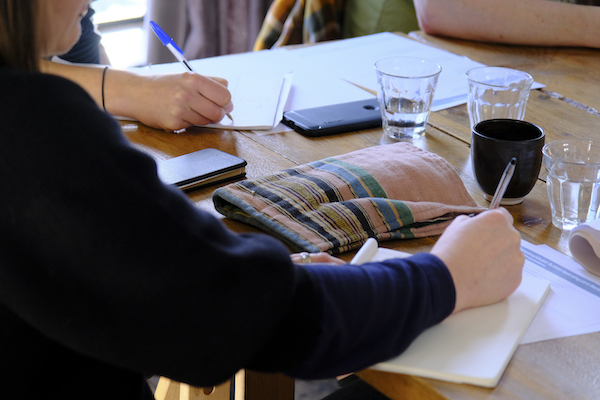When developing a design brief, it is tempting to start by constraining the problem – by clarifying, by simplifying, by cutting out. But if we want to make sure we are answering problems that matter, we need to step back from the brief and ask some bigger questions.
Over six weeks in April and May 2020 I am delivering a weekly lecture on ‘Radical Creativity’ for the Engineering Club’s ‘Furlough College Mini Masters‘ – a scheme to provide furloughed engineers in the UK with a period of training when they can’t work. This week we are focusing on developing a design brief.
My feeling is that engineers are usually trained to to think convergently about design problems, rather than to open the problem up first. But radical creativity requires us to ask far-reaching questions about the nature of what it is we are trying to do. This is difficult because we have to recognise the assumptions we make and to break away from the cultural conditioning that frames the way we see the world. This radical thinking may also question the authorities to which we may normally submit.
Not easy to do, but necessary. Emissions from transport, energy and residential sectors contributed 67% of UK total in 2018. All of the engineering and construction projects that created these emissions started with a design brief. The climate science, to which many more people are now responding with more urgency, has been known for over three decades. These emissions essentially started with a failure of design brief.
Making sure we get the design brief right, now and in the future starts with asking some bigger questions. Here are some to get us started.
What are the questions that no one is willing to ask?
There are questions that are awkward. It may be because they don’t support the commercial interests of our company or client, or because they render previous thinking obsolete. It could be that we can’t see a place for ourselves in the answer we get. These questions may be difficult, but it is increasingly obvious that not asking them will be harder to deal with.
Are we still assuming business as normal/growth as normal?
I think it is normal to expect the future to look a bit like the past. But the cognitive dissonance between this assumption and what the climate science is saying is huge. The world will look very different in ten years’ time, even if we are able to take radical action to avoid the worst forms of climate breakdown. The cultural pressure to assume recovery and improvement in living standards fuelled by growth is huge. It has been the locamotive of development since the industrial revolution. But it is just a model, and one that is broken. The challenge for us is to see beyond the blinkers of that model and to imagine something different.
What is our vision for the future?
A good way to ask the bigger questions about a design brief is to step back and ask what is your vision for the future. Frame the picture positively. How do you want that place to be for you, for family, for friends? Hold that vision in the forefront of your mind and ask what needs to be true in order to get there. What do we need to be doing now in order to get there?
You may find that the answer to this last question difficult to answer as it could be incompatible with current working conditions or objectives. But at the very least, asking the question is important. Asking the question may be taboo, but if one person asks it, others can start thinking about how to answer it.
What is worth doing even if we fail?
This last question I have borrowed from Brene Brown (see Daring Greatly). It couples our vision for the future with an identification and acceptance of our vulnerability. But I find it empowering and uplifting. For in it is the promoise that if enough engineers start setting ambitious design briefs that are worth doing even if we fail, we have the chance to build a positive vision for the future.


1 Comment
1 Pingback